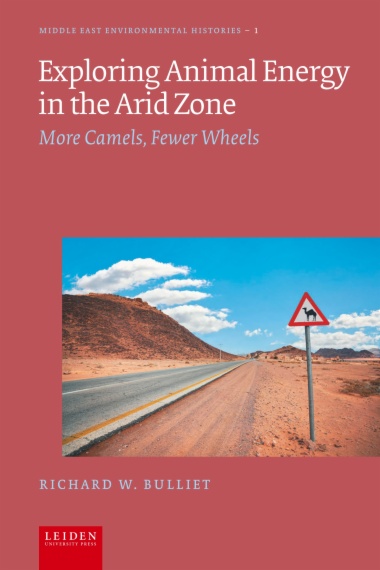Completely revised and updated, the new 4th edition includes
must-have information and guidelines for health care professionals and
hospital systems interested in developing transport systems and improving the transport care they deliver. Authored by leading experts in transport medicine, the editorial team is devoted to ensuring that appropriate evidence-based conclusions and recommendations are included, when available, for the clinical and administrative subjects presented.
The 4th edition covers all aspects of air and ground transport - from team organization and training to equipment selection, quality improvement, safety, ethics and much more. Obtain the latest guidelines to insure quality of care and safety during transport with this leading-edge publication.
Content highlights:
- All chapters thoroughly reviewed and updated by the leading authorities in transport medicine
- New chapter on telemedicine covering equipment and teleconferencing, telemedicine in other clinical settings, regulations and reimbursement, and more
- Expanded sections on driving performance improvement, risk management, and bioethics
- Updated Web resources
- Handy tools including sample position descriptions, sample transport medicine transfer agreement, policies and procedures, and more

